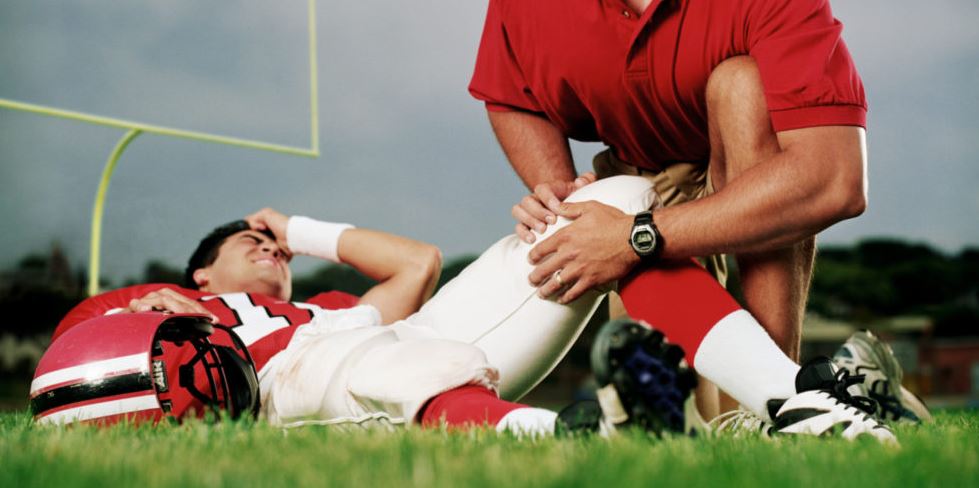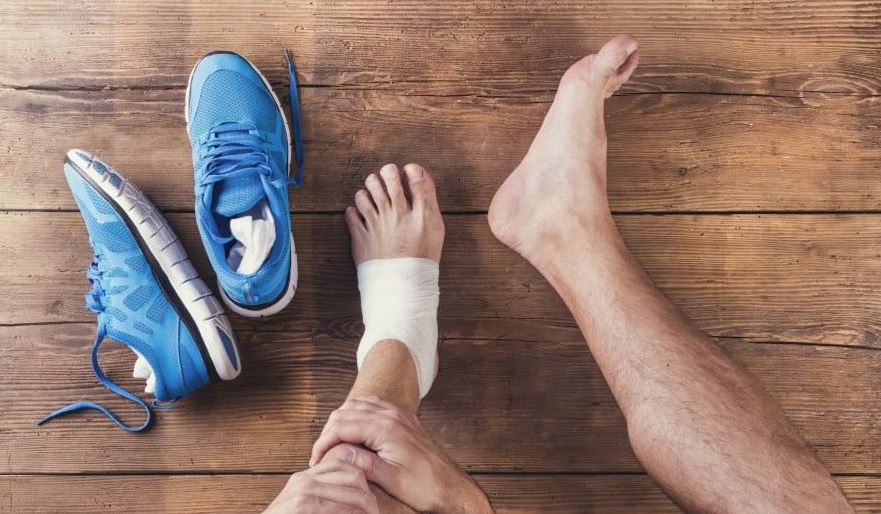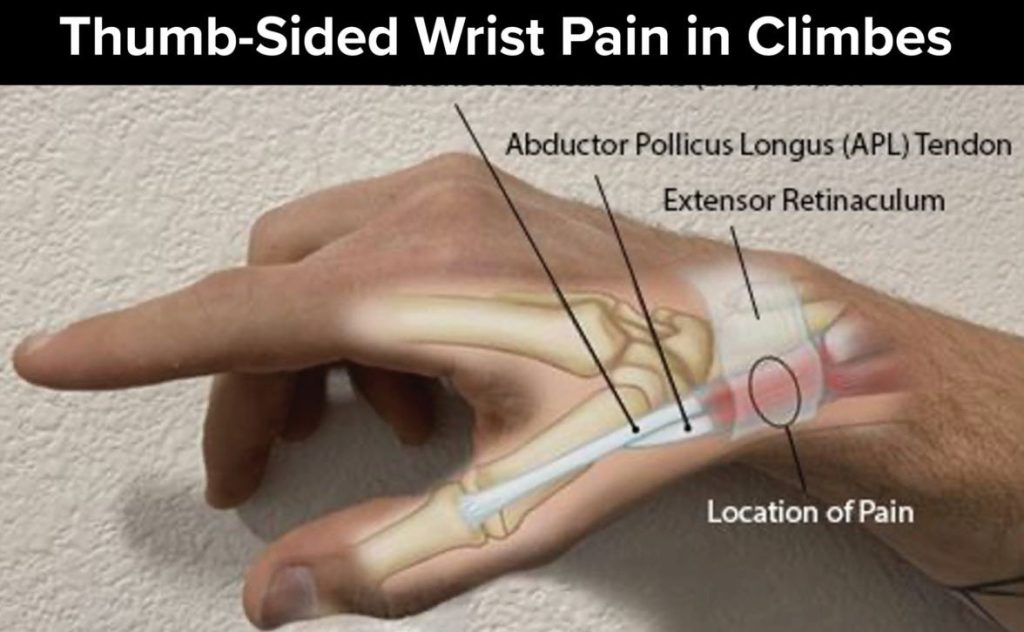Car accidents are an unfortunate reality, and among the various injuries they can cause, spine injuries are particularly concerning. These injuries can range from mild discomfort to severe, life-altering conditions. Often, the severity of a spine injury is not immediately apparent, making swift and appropriate action crucial. In the chaotic aftermath of a car accident, it’s easy to feel overwhelmed and unsure of what to do next, especially if you or someone else involved in the accident is experiencing back pain or other symptoms suggestive of a spinal injury.
This blog post aims to provide clear, immediate steps to take if you suspect a spine injury after a car accident. Whether you’re a driver, passenger, or a concerned bystander, knowing these steps can significantly affect the outcome of such a critical situation. Additionally, we’ll delve into the importance of understanding your legal rights and how consulting with car accident lawyers can play a pivotal role in navigating the complexities of insurance claims and compensation. By being informed and prepared, you can take control of a daunting situation and prioritise health and safety.

Recognizing Spine Injuries
Spine injuries, due to their potentially severe consequences, demand immediate attention. Common symptoms can range from obvious signs like loss of movement or extreme pain to subtler ones like numbness or tingling in the limbs. It’s crucial to look out for pain or pressure in the neck, head, or back, as well as for signs of paralysis, difficulty in balancing, or impaired breathing. In some cases, spine injury victims might experience loss of bowel or bladder control, or a twisted or oddly positioned neck or back.
It’s important to remember that symptoms of a spinal injury may not always be immediately evident. Shock and adrenaline can mask pain and discomfort, leading to a delay in symptoms. Therefore, if there’s any suspicion of a spinal injury, it’s essential to proceed with caution. This cautious approach is vital for the victim’s health and legal and insurance purposes, as unnoticed injuries can complicate claims later.
Immediate Steps to Take at the Accident Scene
Right after a car accident, the most important thing is to make sure everyone involved is safe and well. If you think someone might have injured their spine, it’s vital to remain composed and approach the situation cautiously. Firstly, assess the scene for immediate dangers, like fire or traffic. If it’s safe, approach the injured individual but avoid moving them. Unnecessary movement can exacerbate spinal injuries.
Call emergency services immediately. While waiting for them, provide as much detail as possible about the accident and any injuries. If the person is conscious, comfort them without moving their head or neck. If they’re unconscious, only move them if they’re in immediate danger (like a fire), and try to keep their neck and spine as aligned as possible.
If it’s safe and feasible, secure the accident scene to prevent further incidents. Use hazard lights, traffic cones, or flares if available. Gathering witness information can also be valuable, as it provides additional context to the incident, which can be crucial later for insurance and legal proceedings.
Medical Assessment and Intervention
Once emergency services arrive, the victim will receive immediate medical attention. The importance of this step cannot be overstressed. Prompt medical intervention can prevent further injury and can be critical in determining the long-term impact of the spinal injury.
At the hospital or clinic, medical professionals will conduct a thorough assessment. This typically begins with a physical examination and gathering information about the accident and symptoms. Depending on the initial assessment, doctors may order imaging tests like X-rays, CT scans, or MRIs. These diagnostic tools are crucial in identifying the nature and extent of the spinal injury.
The initial treatment may include immobilisation to prevent further injury to the spine, medication to manage pain and inflammation, and sometimes surgery if the injury is severe. Understanding that this initial medical intervention is just the beginning of a long journey is important. Spine injuries often require ongoing treatment and rehabilitation, which can include physical therapy, medication, and sometimes further surgical procedures.
Post-Accident Care and Recovery
After the initial treatment for a spinal injury, the journey towards recovery begins. This phase often involves a combination of rest, medication, physical therapy, and sometimes additional surgeries. The specific course of treatment and rehabilitation will depend on the severity and type of spinal injury.
Physical therapy plays a crucial role in recovery, helping to strengthen muscles, improve flexibility, and enhance mobility. For severe injuries, rehabilitation might include occupational therapy to assist with relearning daily activities or adapting to new limitations.
Adhering strictly to medical advice is essential. This includes attending all follow-up appointments, which allow healthcare providers to monitor the recovery progress and make any necessary adjustments to the treatment plan. Patients should also be vigilant in taking prescribed medications and following guidelines for activities and rest.
At home, creating a supportive environment is key. This might involve modifying living spaces to accommodate mobility restrictions, investing in supportive devices like braces or wheelchairs, and perhaps most importantly, ensuring a strong family and friends support network.
Understanding the Role of Car Accident Lawyers
After a spine injury resulting from a car accident, consulting with a car accident lawyer in Brisbane can be a critical step. Legal counsel should be considered if there’s any dispute about the accident’s cause, concerns about insurance coverage, or if the injury has led to significant medical expenses, lost wages, or long-term disability.

A car accident lawyer can help navigate the often complex world of insurance claims and legal proceedings. They can assist in gathering necessary evidence, negotiating with insurance companies, and protect your rights. A lawyer’s expertise is invaluable in securing appropriate compensation for immediate medical expenses and long-term costs related to the injury.
Navigating Insurance Claims and Compensation
Dealing with insurance companies post-accident can be daunting. It’s important to communicate effectively with your insurance provider, providing all necessary documentation related to the accident and your injuries. Remember any deadlines for filing claims and ensure all communication is recorded and saved.
Understanding your rights is essential. You are entitled to compensation for medical expenses, lost wages, pain and suffering, and, in some cases, punitive damages. Maintaining thorough documentation of all medical treatments, expenses, and related costs is crucial for supporting your claim.
Experiencing a spine injury in a car accident is a daunting and life-changing event. Recognizing the symptoms of a spinal injury, taking immediate action at the accident scene, seeking prompt medical attention, and engaging in a dedicated recovery process are vital steps. Additionally, understanding the role of legal assistance and effectively navigating insurance claims can significantly impact the aftermath of such an incident.
This post has outlined the crucial steps and considerations following a suspected spinal injury in a car accident. It’s important to remember that prioritising your health and legal rights is essential. By being informed and prepared, you can confidently navigate these challenging circumstances and focus on your journey towards recovery.














